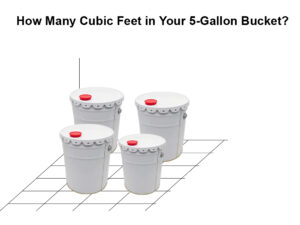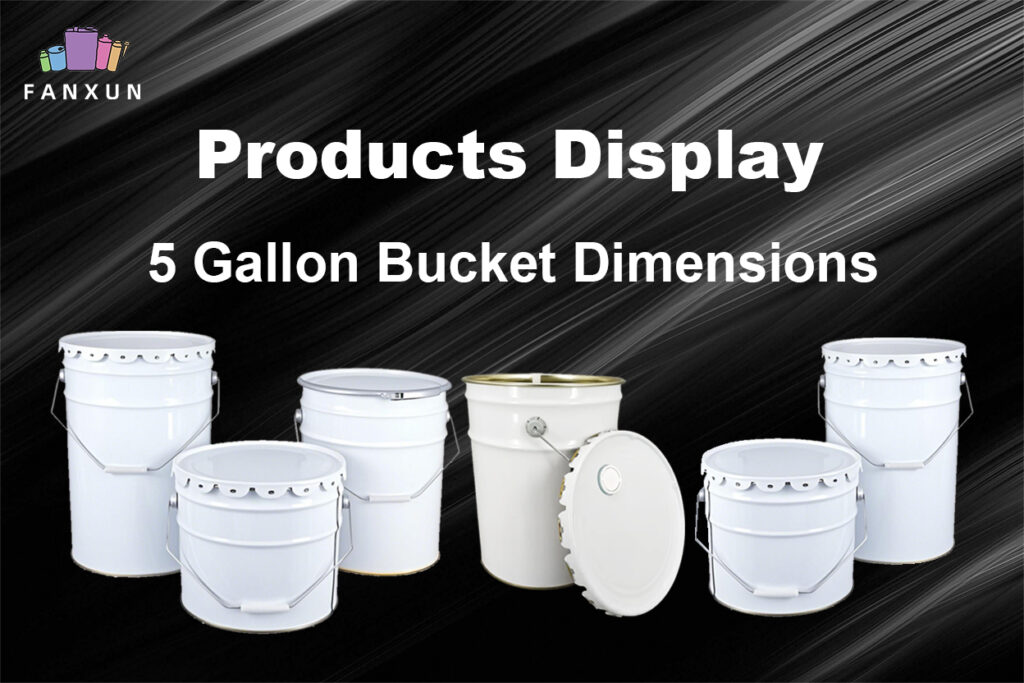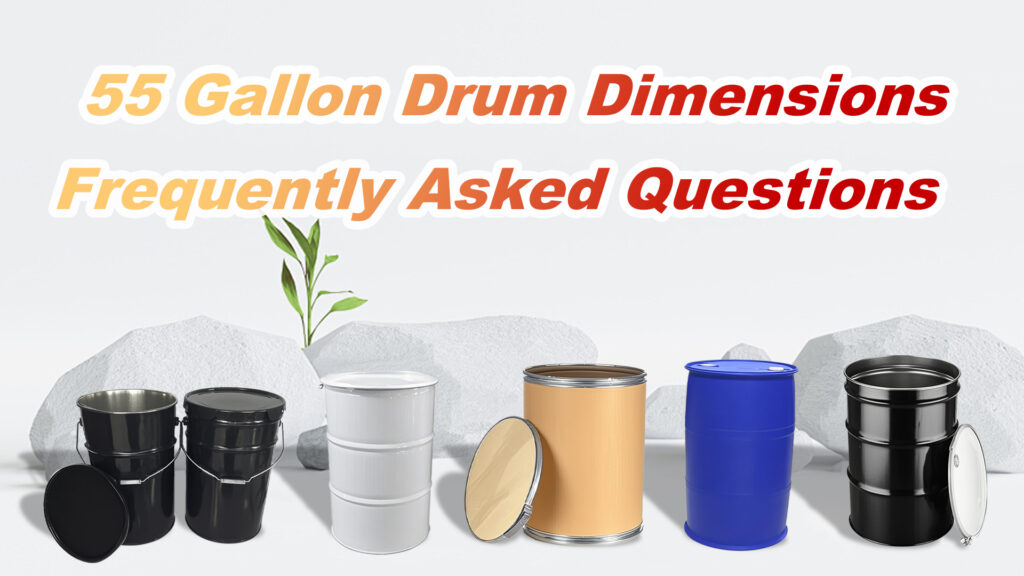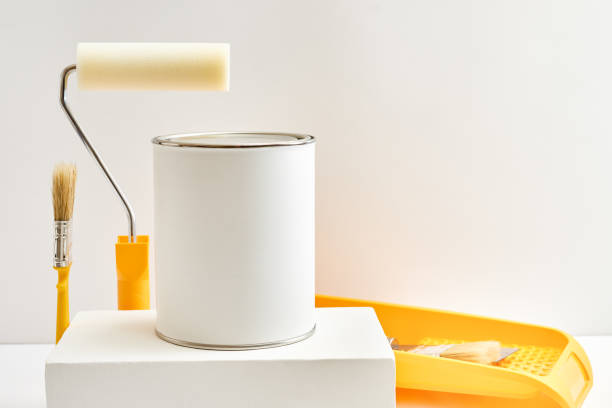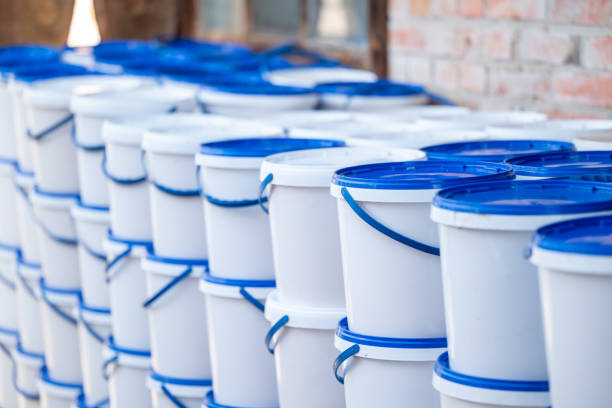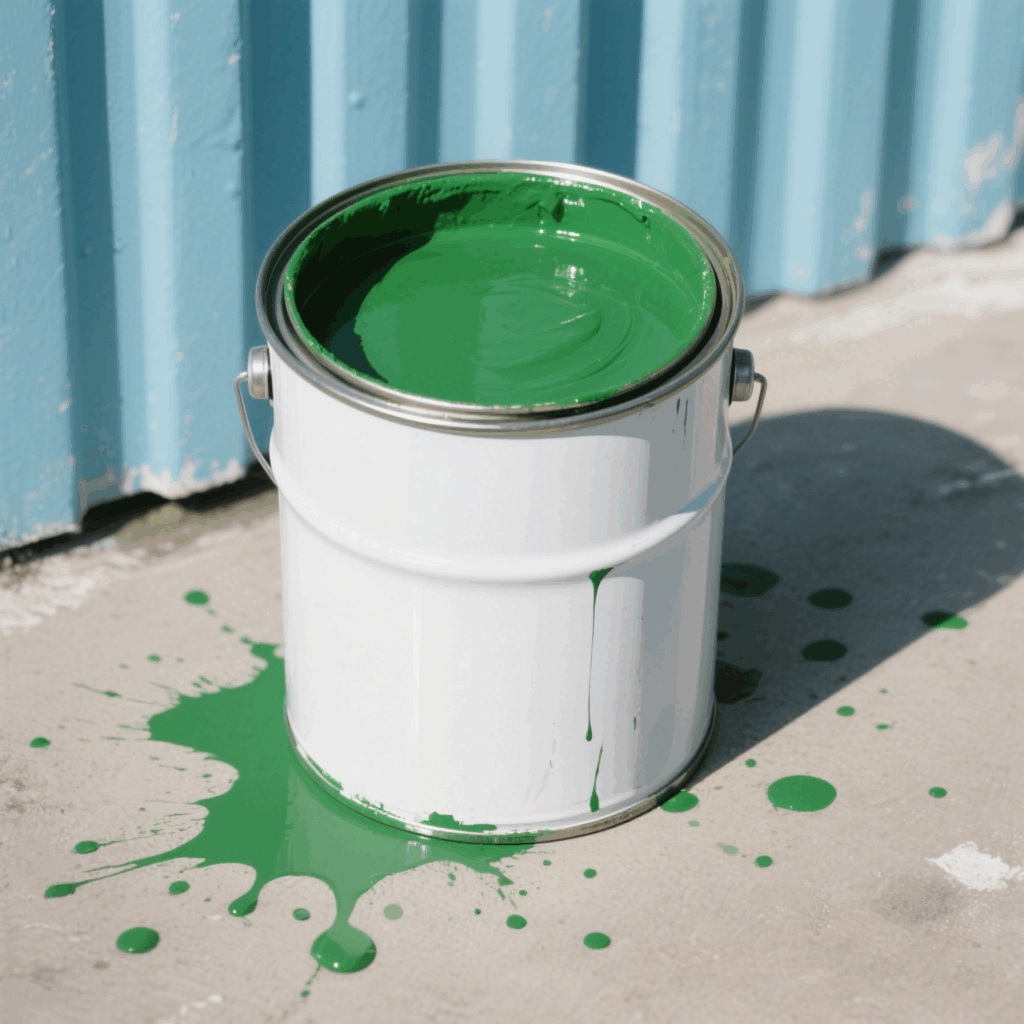It’s a common question whether you’re a keen gardener, a DIY enthusiast, or just trying to figure out storage space: exactly how much can that trusty 5-gallon bucket hold in terms of cubic feet? You might be planning to mix concrete, allocate soil for your plants, or store materials, and knowing this conversion can be incredibly handy. Let’s dive in and demystify this for you.
The straightforward answer is:
A 5-gallon bucket holds approximately 0.6684 cubic feet.
But how do we get to that number, and why is it important? Let’s break it down.
Understanding the Units: Gallons vs. Cubic Feet
D'abord, it helps to understand what these units measure.
- Gallon (US Liquid): This is a unit of volume commonly used for liquids in the United States. When we talk about a 5-gallon bucket, we’re typically referring to the US liquid gallon.
- Cubic Foot: This is a unit of volume that measures the space occupied by a cube with sides of 1 foot in length. Imagine a box that’s 1 foot wide, 1 foot deep, et 1 foot tall – that’s one cubic foot.
Why convert between them? Sometimes, materials (like soil, sand, or gravel) are sold or measured in cubic feet, while your mixing container is a familiar 5-gallon bucket. Knowing the conversion helps you accurately measure and mix.
The Conversion Explained
The core of the conversion lies in this relationship:
- 1 US liquid gallon = 0.1336805556 cubic feet
To find out how many cubic feet are in a 5-gallon bucket, you simply multiply:
5 gallons×0.1336805556galloncubic feet=0.668402778 cubic feet
For most practical purposes, rounding to 0.6684 cubic feet is perfectly fine. You can also think of it in terms of a fraction: a 5-gallon bucket is precisely 576385 cubic feet.
Another way to think about it is that:
- 1 cubic foot ≈ 7.48 US liquid gallons
Donc, if you have a space of 1 cubic foot, you could fit roughly 7.48 gallons of liquid into it.
Applications pratiques: Why This Matters for You
Knowing the cubic footage of your 5-gallon bucket can be useful in various situations:
- Gardening:
- Potting Soil: Bags of potting soil are often sold in cubic feet. If a bag contains 2 cubic feet of soil, you’ll know you can fill approximately three 5-gallon buckets (2 cubic feet/0.6684bucketcubic feet≈2.99 buckets).
- Amendments: When mixing soil amendments like compost or perlite, you can achieve better ratios.
- DIY & Construction:
- Mixing Concrete or Mortar: Instructions for concrete or mortar often specify ratios by volume or require a certain yield in cubic feet. A 5-gallon bucket is a common tool for measuring water, sand, and gravel.
- Estimating Materials: If a project requires a certain number of cubic feet of sand or gravel, you can figure out how many bucketfuls you’ll need.
- Aquatics:
- Small Ponds or Aquariums: While larger volumes are usually just measured in gallons, understanding the spatial volume can be helpful in planning.
- Storage & Organization:
- Space Calculation: If you’re storing multiple 5-gallon buckets, knowing their cubic footage can help you estimate how much storage space they will occupy.
- Spill Containment & Liquid Handling:
- While the bucket is rated for 5 gallons of liquid, understanding its volume in cubic feet can be relevant in certain industrial or safety contexts.
Quick Conversion Table
Here’s a handy table for common bucket sizes and their approximate cubic foot equivalents:
| Bucket Size (US Gallons) | Volume in Cubic Feet (approx.) | Calculation (Gallons ×0.13368) |
|---|---|---|
| 1 Gallon | 0.134 cu ft | 1×0.13368 |
| 2 Gallons | 0.267 cu ft | 2×0.13368 |
| 3.5 Gallons | 0.468 cu ft | 3.5×0.13368 |
| 5 Gallons | 0.668 cu ft | 5×0.13368 |
| 6 Gallons | 0.802 cu ft | 6×0.13368 |
| 7 Gallons | 0.936 cu ft | 7×0.13368 |
Note: Values are rounded for simplicity.
Aspects to Consider Before You Measure
While the mathematical conversion is straightforward, here are a few real-world points to keep in mind:
- Actual Bucket Volume: Not all buckets marketed as “5-gallon” hold exactly 5.000 gallons to the brim. There can be slight variations between manufacturers. Some also have a fill line that might be slightly below the absolute top.
- Bucket Shape: Most 5-gallon buckets are tapered (wider at the top than the bottom). The stated volume is typically the maximum liquid capacity.
- Dry vs. Liquid Materials: Le volume conversion is the same regardless of what’s inside. Cependant, how materials settle can differ. Par exemple, fluffy potting soil might compact over time, while liquids will fill the space more uniformly. When measuring dry, loose materials, you might not get the exact same “packing” as you would with a liquid.
- Accuracy Requirements: For casual gardening, a close estimate is usually sufficient. For tasks requiring precise measurements (like mixing specific chemical ratios), ensure your measurements are as accurate as possible, perhaps using graduated markings if available on your bucket.
- US Gallons vs. Imperial Gallons: The conversion used here (0.13368galloncubic feet) is for US liquid gallons. An Imperial gallon (used in some other countries) is larger (approximately 1.2 US gallons). Cependant, the standard “5-gallon bucket” in the US refers to US gallons.
Questions fréquemment posées (FAQ)
Q1: What is the exact conversion factor for US gallons to cubic feet? A1: 1 US liquid gallon is precisely 1728231 cubic feet, which equals 0.1336805555… cubic feet.
Q2: Why would I need to convert gallons to cubic feet? A2: This conversion is common when materials like soil, sand, gravel, or concrete components are sold or specified in cubic feet, but you are using a gallon-denominated container (like a 5-gallon bucket) for measuring or mixing.
Q3: Does the type of material in the bucket change the cubic feet? A3: Non, the volume in cubic feet remains the same. 0.6684 cubic feet is a measure of space. Cependant, le weight of 5 gallons of different materials will vary significantly (Par exemple, 5 gallons of feathers vs. 5 gallons of rocks).
Q4: Are all 5-gallon buckets exactly the same size? A4: While they are designed to hold approximately 5 gallons, there can be slight variations in exact dimensions and total volume from one manufacturer to another. Most are very close for practical purposes.
Q5: How much does a 5-gallon bucket of water weigh? A5: Water weighs approximately 8.34 pounds per gallon. Donc, a 5-gallon bucket of water would weigh about 5×8.34=41.7 livres sterling, plus the weight of the bucket itself.
Q6: How many 60 lb bags of concrete mix fit in a 5-gallon bucket? A6: This depends on the density of the concrete mix. A typical 60 lb bag of concrete mix yields about 0.45 cubic feet of concrete. Since a 5-gallon bucket is about 0.67 cubic feet, you could fit more than one bag’s worth of sec, unmixed powder into a bucket, but you wouldn’t mix that much concrete in a single 5-gallon bucket at once. You usually mix one bag (or less) at a time, and the 5-gallon bucket is often used for measuring the water or the dry components if mixing from scratch. A 60lb bag of dry mix itself has a volume; it can often fit into a 5-gallon bucket before water is added, but it would be very full.
In Conclusion
Donc, the next time you grab your 5-gallon bucket for a project, you’ll know it represents about 0.6684 cubic feet of usable space. This simple conversion can make planning your tasks, purchasing materials, and achieving the right mixes much easier and more accurate. Whether you’re nurturing your garden or building something new, understanding these volumes helps you work smarter.
If you’re in need of high-quality buckets for any project, FANXUN is a world-class bucket manufacturer and supplier. They can provide products in a wide array of different specifications, materials, and shapes to meet your specific requirements, ensuring you have the right container for any task.















